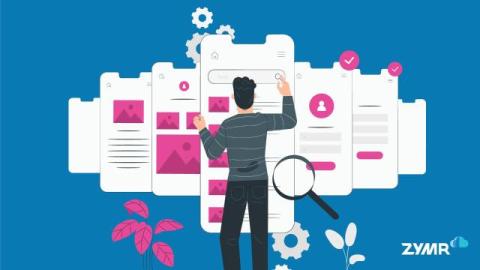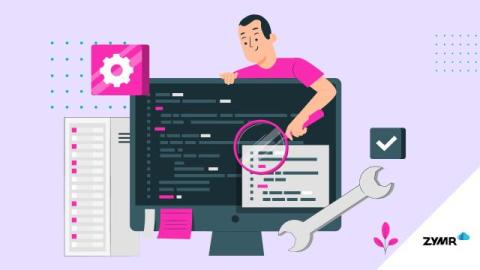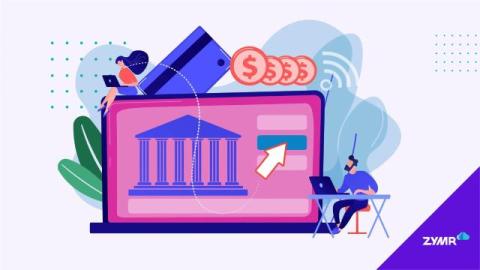The Key to Effective Pharmaceutical Supply Chain Risk Management
In the pharmaceutical industry, an effective supply chain is critical, not only for operations but also for ensuring the safety and quality of products going out to market. The complex nature of pharmaceutical supply chains, combined with their stringent regulatory requirements, makes risk management a top priority.











